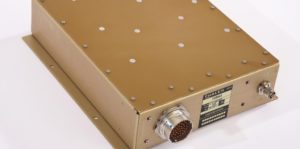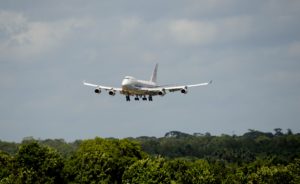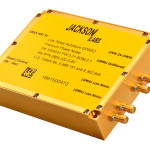
“The GSC is a key asset for the Galileo programme; it is Galileo’s door to the GNSS world,” said GSA Executive Director Carlo des Dorides. “Today, the GSA is pleased to accept this excellent facility from Spain. It is a symbol of the upcoming service phase and the single, unique interface for Galileo users.” Read more…





